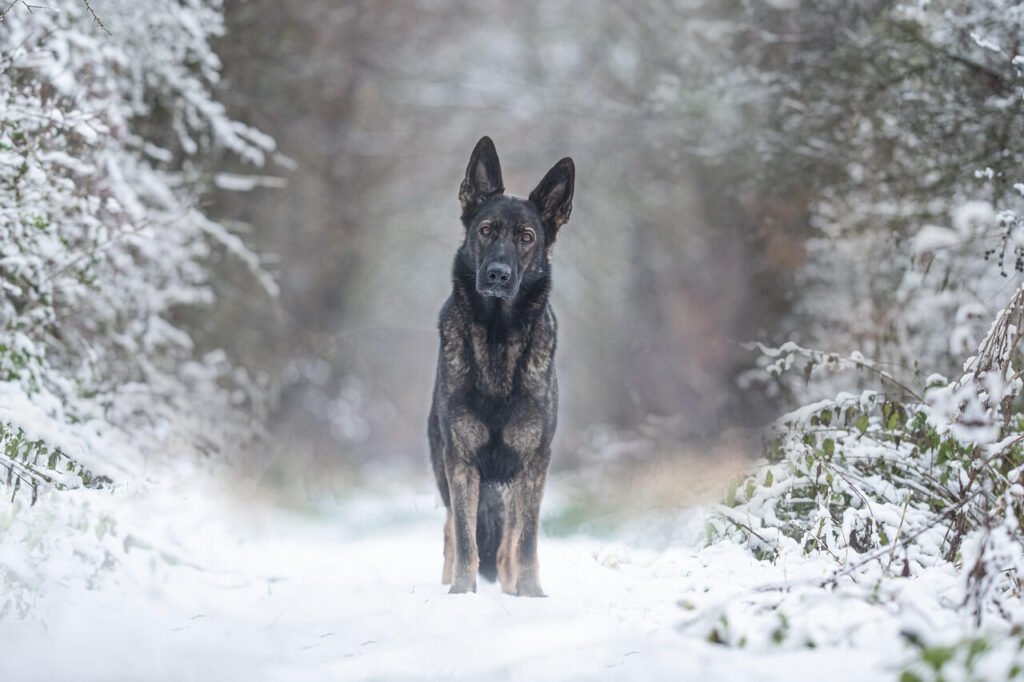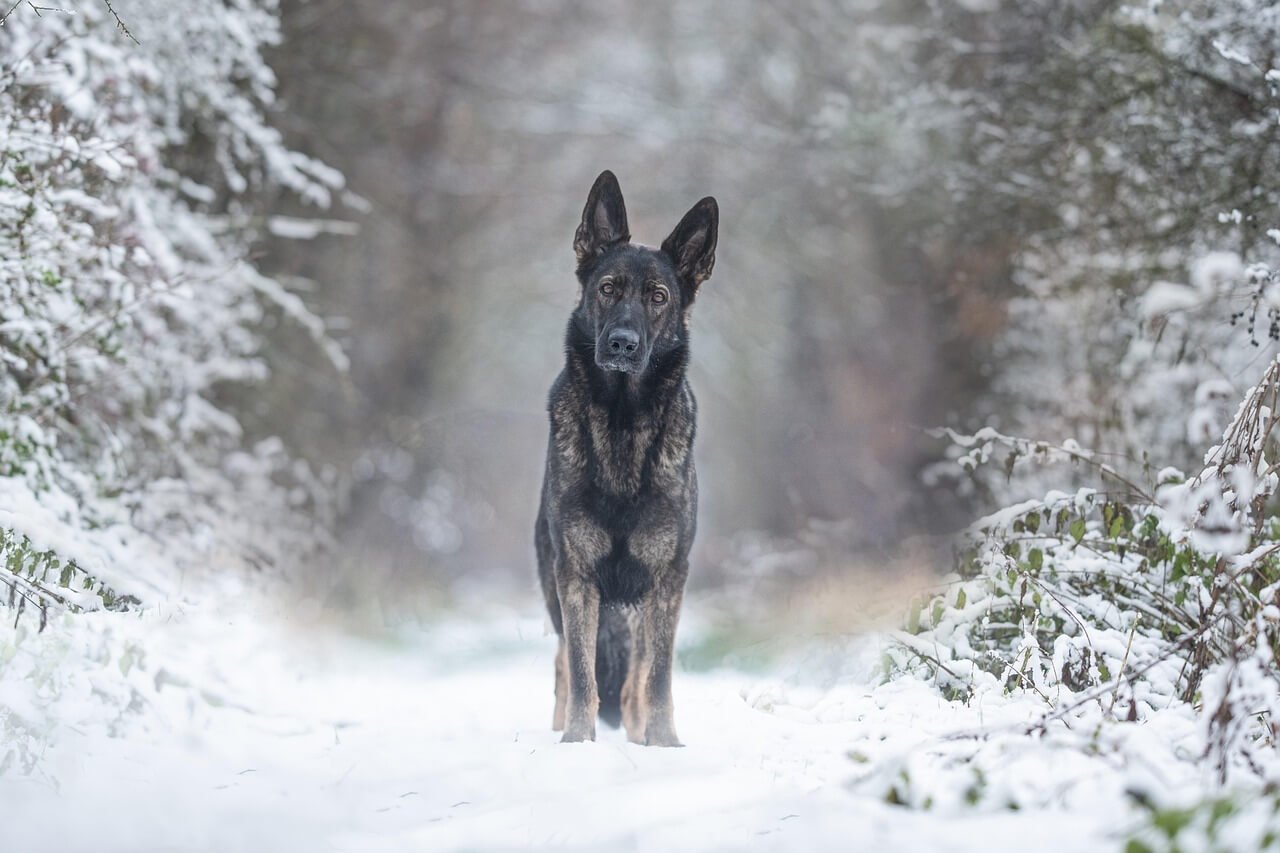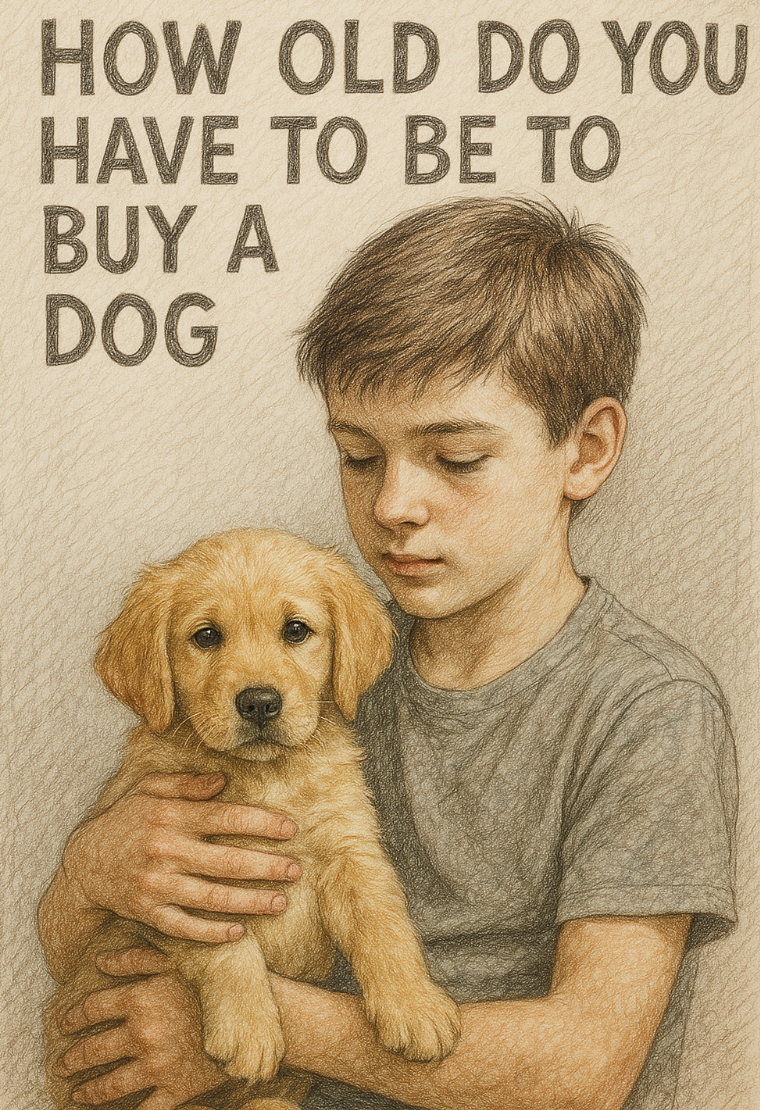How to Play Tug of War with Your Dog: A Fun and Bonding Activity
Tug of war is more than just a game—it’s an opportunity to strengthen the bond between you and your furry friend while providing physical and mental stimulation. This classic doggy favorite taps into your dog’s natural instincts to pull, chew, and engage in playful challenges. However, knowing how to play tug of war safely and effectively is key to ensuring it remains a positive experience for both you and your pup. In this blog post, we’ll explore the rules of the game, tips for playing responsibly, and how to make tug of war a rewarding activity that enhances your dog’s behavior and happiness.
The Basics of Playing Tug of War with Your Dog
Before diving into a game of tug of war, it’s important to establish some ground rules to keep the experience fun and safe. Here are the key steps to get started:
Choose the Right Toy: Use a durable, dog-safe tug toy made from materials like rope, rubber, or fabric designed for chewing.
Teach a “Drop It” Command: Train your dog to release the toy on command to prevent possessiveness or accidental biting.
Set Boundaries Early: Establish clear rules, such as no teeth on skin, to ensure the game stays controlled and respectful.
Warm Up First: Start with a quick walk or light play session to prepare your dog’s muscles and avoid injury.
Keep Sessions Short: Limit games to 5–10 minutes to prevent overexertion and maintain excitement for future playtimes.
By following these basics, you can create a structured and enjoyable tug-of-war experience that benefits both you and your dog.
Benefits of Playing Tug of War with Your Dog
Playing tug of war isn’t just about having fun—it also offers numerous physical and behavioral benefits for your dog. Here’s why this game is worth incorporating into your routine:
Strengthens the Bond Between You and Your Dog: The interactive nature of tug of war fosters trust and deepens your connection.
Provides Physical Exercise: Pulling and tugging engages your dog’s muscles, offering a great workout for their body.
Encourages Mental Stimulation: The challenge of the game keeps your dog’s mind sharp and engaged.
Improves Obedience and Self-Control: Teaching commands like “drop it” and “leave it” reinforces good behavior during play.
Satisfies Natural Instincts: Tug of war allows dogs to express their natural desire to grab, pull, and chew in a safe environment.
When played responsibly, tug of war is a fantastic way to meet your dog’s physical and emotional needs while building a stronger relationship.
Check this guide 👉How to Play with Your Dog: Best 7 Behavior Tips!
Check this guide 👉Playful Dog Breeds: Best 7 Expert Tips!

Tips for Safe Tug of War Play | Common Mistakes to Avoid |
|---|---|
Use a durable, dog-safe toy | Letting your dog bite your hands or clothes |
Teach a “drop it” command | Allowing overly aggressive behavior |
Keep sessions short and fun | Ignoring signs of fatigue or stress |
Reward good behavior during play | Forgetting to set boundaries |
Supervise closely at all times | Using inappropriate toys like sticks |
How to Introduce Tug of War to Your Dog
Introducing tug of war to your dog requires patience and consistency to ensure they understand the rules and enjoy the game. Here’s how to get started:
Start with a Favorite Toy: Use a toy your dog already loves to spark interest in the activity.
Demonstrate the Game: Wiggle the toy gently and encourage your dog to grab it, then gently pull back to initiate the tug.
Use Positive Reinforcement: Praise and reward your dog for engaging in the game appropriately.
Pause if Necessary: If your dog becomes too excited or bites your hand, stop the game briefly to reinforce calm behavior.
End on a Positive Note: Finish each session with a treat or praise to leave your dog feeling happy and eager for next time.
By taking these steps, you can help your dog learn the ropes of tug of war while keeping the experience fun and safe.
Signs Your Dog Is Enjoying Tug of War
It’s important to recognize whether your dog is truly enjoying the game or if they’re feeling stressed or overwhelmed. Here are signs that your dog is having a great time:
Wagging Tail: A wagging tail indicates excitement and happiness during the game.
Play Bow: If your dog crouches with their front legs extended and hindquarters up, they’re inviting you to play.
Ears Forward and Relaxed Body Language: These signs show your dog is focused and engaged without feeling tense.
Vocalizations Like Growls or Barks: Playful growls or barks are normal and indicate enthusiasm, not aggression.
Returning for More: If your dog eagerly comes back for another round after a break, they’re clearly enjoying themselves.
Paying attention to these cues ensures that tug of war remains a positive and rewarding activity for your dog.
Debunking Myths to Ensure a Positive Play Experience
There are many misconceptions about playing tug of war with dogs, and addressing these myths is crucial for fostering a healthy understanding of the game. Here’s what you need to know:
Myth: Tug of War Encourages Dominance: In reality, it’s a cooperative activity that builds trust when played responsibly.
Myth: It Damages Your Dog’s Teeth: Using appropriate toys minimizes the risk of dental harm during play.
Myth: Only Large Dogs Can Play Tug of War: Dogs of all sizes can enjoy this game as long as the toy is appropriately sized.
Myth: It’s Just About Physical Strength: The game also involves mental engagement and reinforces obedience training.
Myth: You Should Always Let Your Dog Win: Winning or losing isn’t the focus—what matters is the fun and bond shared during play.
By understanding the truth behind these myths, you can confidently incorporate tug of war into your dog’s routine without unnecessary concerns.
Other Fun Games to Supplement Your Dog’s Playtime
While tug of war is an excellent activity, mixing things up with alternative games can provide variety and keep your dog mentally and physically stimulated. Here are some engaging alternatives:
Fetch: A classic game that combines running, chasing, and retrieving for great exercise.
Hide and Seek: Hide treats or toys around the house or yard to encourage problem-solving skills.
Interactive Puzzle Toys: These challenge your dog’s mind while rewarding them with treats or praise.
Nose Work Games: Teach your dog to find hidden scents, tapping into their natural sniffing instincts.
Obedience Training Drills: Incorporate commands like “sit,” “stay,” or “come” into playful scenarios for mental stimulation.
Adding variety to your dog’s playtime not only keeps them entertained but also strengthens your bond through shared experiences.
Signs It’s Time to Take a Break from the Game
Knowing when to pause or stop a game of tug of war is just as important as knowing how to play it. Overdoing it or ignoring signs of discomfort can lead to stress or injury. Here’s what to watch for:
Excessive Panting or Drooling: This may indicate fatigue or overheating during play.
Growling That Sounds Aggressive: If the tone shifts from playful to threatening, it’s time to end the session.
Biting or Nipping at Your Hands: Redirect this behavior immediately by pausing the game.
Loss of Interest or Energy: If your dog seems disengaged or lethargic, they’ve likely had enough.
Visible Signs of Stress: Flattened ears, tucked tail, or avoidance behaviors suggest your dog is no longer enjoying the game.
Paying attention to these cues ensures that tug of war remains a positive and safe activity for both you and your dog. Always prioritize your pup’s comfort and well-being.
Frequently Asked Questions About Playing Tug of War with Dogs
Is tug of war safe for dogs?
Yes, as long as it’s played with proper rules and supervision, tug of war is a safe and beneficial activity.
Can tug of war make my dog aggressive?
No, it won’t cause aggression if played responsibly and paired with obedience training.
What type of toy is best for tug of war?
Choose a durable, dog-safe toy made from materials like rope, rubber, or fabric designed for pulling.
How do I teach my dog to “drop it”?
Offer a treat or verbal cue while gently removing the toy, then reward them when they release it.
How often should I play tug of war with my dog?
Aim for short sessions (5–10 minutes) a few times a week to prevent overexertion.
Final Thoughts: Making Tug of War a Positive Experience
Playing tug of war with your dog is a wonderful way to bond, exercise, and stimulate their mind—all while satisfying their natural instincts. By setting clear rules, using appropriate toys, and monitoring your dog’s behavior, you can ensure this game remains a source of joy and enrichment. Remember, the goal is to create a fun and safe environment where both you and your dog can thrive. So grab a tug toy, follow these tips, and enjoy countless moments of laughter and connection with your furry companion!
Cranberry Supplement for Dogs: Best 7 Expert Tips! Discover how cranberry supplements can support your dog’s urinary health, boost immunity, and promote overall wellness safely and effectively.
How Much Pure Pumpkin to Give a Dog? Best 7 Expert Tips! Discover safe portion sizes, health benefits, and expert advice on using pumpkin to support your dog’s digestion and overall well-being.
What Do Dog Groomers Do? Best 7 Expert Tips! Discover essential insights into dog grooming services, health benefits, and expert advice to keep your pet happy, healthy, and well-groomed.
How Old Do You Have to Be to Buy a Dog? Best 7 Expert Tips! Discover legal age limits, practical advice, and expert tips for responsible dog ownership at any age.





